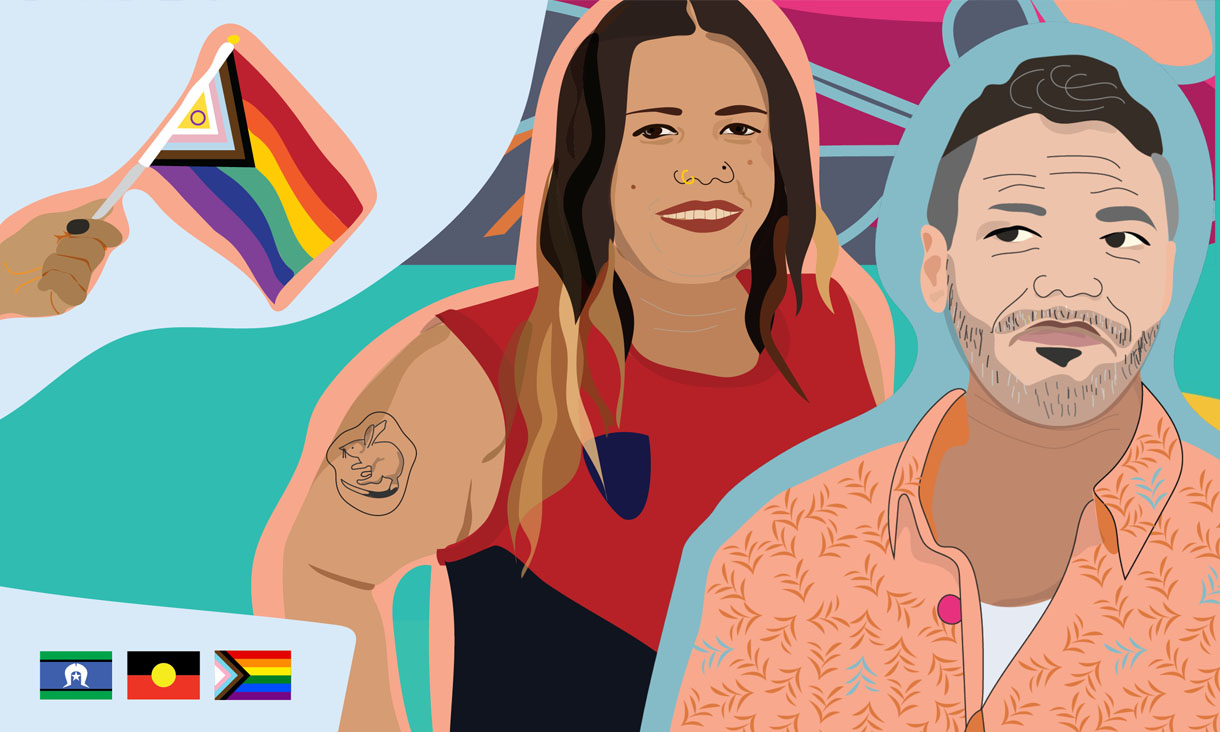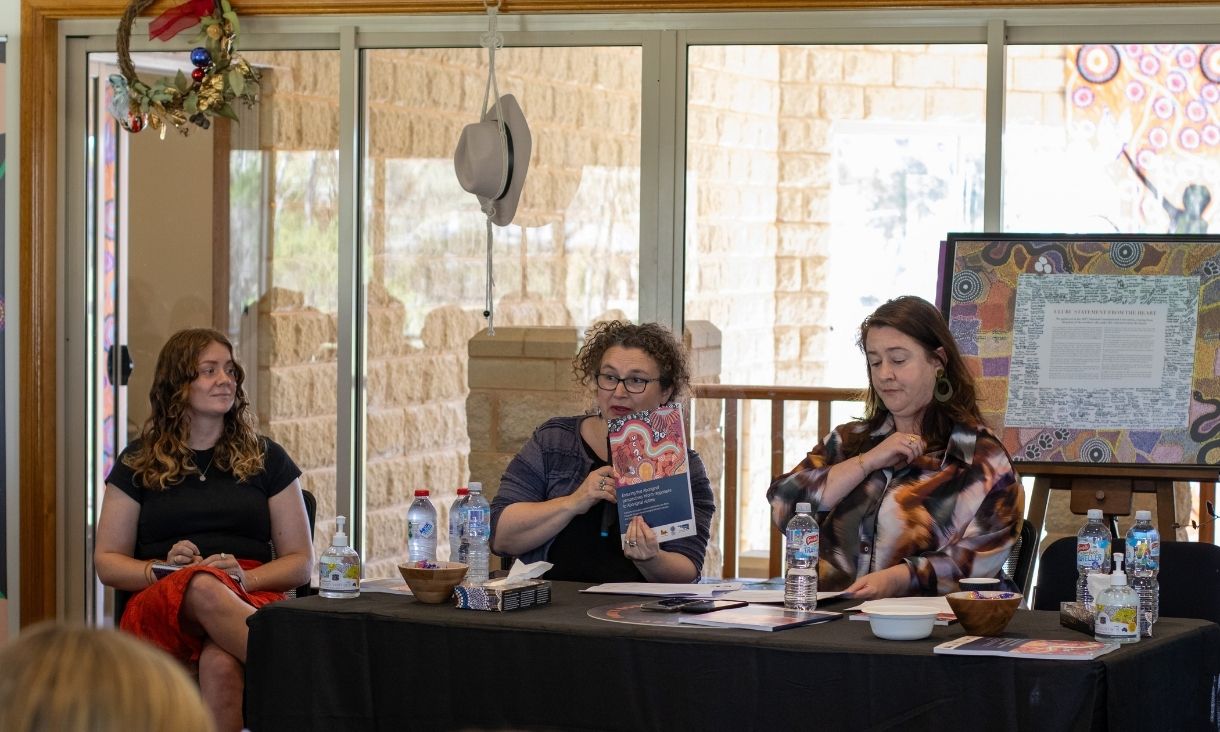Understanding help-seeking behaviour
Johnson said seeking support was a challenge overall, but her research found help-seeking behaviour often changed over time, with people becoming more adept at finding ways to manage their suicidal distress.
While gender identity and sexuality played a part, participants said it was fears of social and cultural isolation and rejection associated with homophobia, transphobia and racism that were the main contributing factors in their distress.
“Living with suicidal distress is exhausting. It can limit people’s ability to form and maintain social connections and significantly disrupt daily life, which may lead to other psychosocial factors like homelessness and unemployment,” said Johnson.
“That’s why we need targeted early interventions in order to reduce suicidality over an LGBTIQA+SB person’s lifetime.”
Johnson said the lack of support services in remote and rural areas can also be isolating as it forced people to travel to more urban areas to access support.
“Developing referral pathways, reducing out-of-pocket expenses and ensuring LGBTIQA+SB affirming services are available, particularly in regional areas, will facilitate access to safer and more effective supports,” she said.
Family relationships, friendships and supportive social spaces were significant sources of acceptance and affirmation for LGBTIQA+ people. However, Johnson said they could also be drivers of distress and shame, shaping how people reach out for help.
“We found family support was vital, but it was not always available or positive,” she said.
“Meanwhile, participants of colour often sought support from friends due to family being overseas.”
Johnson said employing a diverse representation of LGBTIQA+SB peer workers, including First Nations, people of colour and people with disabilities, within mainstream and queer-friendly services can help improve perceptions of safety and confidentiality.
“Rainbows are nice, but people like to connect with others who understand the nuances of their identity, circumstances, background and culture," she said.
“With appropriate and effective support, LGBTIQA+SB people can, and do, find ways of living with suicidal distress.”






